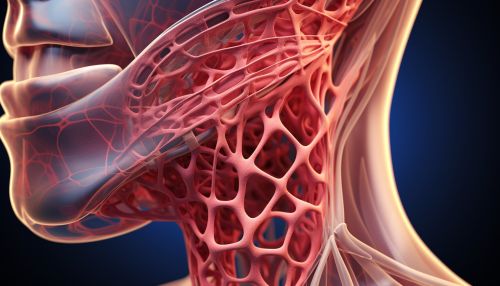Voice
Overview
The human voice consists of sound made by a human being using the vocal tract, such as talking, singing, laughing, crying, screaming, shouting, or yelling. The human voice frequency is specifically a part of human sound production in which the vocal folds (vocal cords) are the primary sound source. Other sound production mechanisms produced from the same general area of the body involve the production of unvoiced consonants, clicks, whistling and whispering.
Anatomy of the Human Voice
The voice box, or larynx, is situated at the top of the windpipe, or trachea. It is made up of cartilage, muscle and mucous membrane, and contains the vocal cords. The size of the larynx varies among individuals: in adult males, it is approximately 1.75 inches (44 mm) in height and, in adult females, it is approximately 1.5 inches (38 mm). The larynx is larger in males than in females and, therefore, men tend to have deeper voices than women. This is because the vocal cords are longer in men than in women.


Voice Types and Vocal Registers
In vocal music, voices are classified into various voice types, often based on the singer's vocal range, vocal weight, tessitura, vocal timbre, and other factors. Examples of voice types include soprano, mezzo-soprano, contralto, countertenor, tenor, baritone, and bass. Each voice type is further divided into subcategories based on specific vocal characteristics.
Vocal registers refer to the range of tones in the human voice produced by different vibratory patterns of the vocal cords. These registers include the chest voice, head voice, and falsetto register.
Voice Production
Voice production involves a complex interplay of muscles and cartilages. Sound is produced when air from the lungs is pushed through the vocal cords, causing them to vibrate. This vibration produces sound waves that are then shaped into speech by the movements of the throat, mouth, and lips.
Voice Disorders
Voice disorders, or dysphonias, can result from a variety of causes, including injury, aging, misuse of the voice, cancer, or neurological conditions. Some common voice disorders include laryngitis, vocal cord nodules and polyps, spasmodic dysphonia, and paradoxical vocal fold motion.
